It is a place where the name alone creates intrigue and has so much to offer, but it helps to know the best time to visit Death Valley. Death Valley National Park is located in the southeastern corner of California near the border with Nevada. It’s about a 2-hour drive from Vegas and a 4-hour drive from LA. Death Valley is the largest national park in the contiguous United States with only four national parks in Alaska being larger. Death Valley is the hottest, driest, and lowest of all the national parks in the United States and is famous for being the hottest place on Earth as well as the driest place in North America. So with all of these extremes, visiting Death Valley can take extra planning to ensure a safe visit. We’ll give you what to expect when visiting the park in each season so you can decide on the best time to visit Death Valley.
Update
On August 20, 2023, Death Valley National Park experienced a large flood event during Hurricane Hilary that closed the park. The park partially reopened on October 15th, 2023. There are still many roads in the park that remain closed due to this past storm damage. Check the National Park Service page before planning a visit.
Disclosure: when you buy through links on our site, we may earn an affiliate commission at no additional cost to you. We only recommend products we would use ourselves and all opinions expressed here are our own. Read more about our privacy policy.
How to decide the best time to visit Death Valley
It helps to know what you want to do and how you want to see the park in order to determine the best time to visit Death Valley. If you want to focus on hiking, biking, and seeing as much of the remote areas you’ll want to go in the winter or early spring. If you’re ok with sightseeing from the car then going May-September is also a possibility, but during these months there are consistent 100°F (38°C) days often with the heat too intense for anything more than 15 minutes outside of the car. Now we’ll break it down by season and what you can expect when visiting Death Valley National Park.
Death Valley’s Extreme Temperatures
The hottest air temperature ever recorded in Death Valley (Furnace Creek) was 134°F (57°C) on July 10, 1913. During the heatwave that peaked with that record, five consecutive days reached 129° F (54°C) or above. Death Valley holds the record for the hottest place on earth. Ironically, 1913 was also the year that saw Death Valley’s coldest temperature. On January 8, the temperature dropped to 15°F (-10°C) at Furnace Creek.
Death Valley Temperatures by Month

Winter in Death Valley (December, January, and February)
In our opinion, the winter months provide the best ability to see the most in the park with moderate temperatures. The highs in these winter months average between 65-73°F (18-23°C) with lows averaging 38-46 °F (3-8°C). Winter daytime temperatures are mild in the low elevations, with cool nights that rarely reach freezing. The higher elevations are cooler than the low valley. Temperatures drop 3 to 5°F (2 to 3°C) with every thousand vertical feet of height gained (approx. 300m). The period after Thanksgiving and before Christmas is the least crowded time of the entire year. Also, if you’re lucky you might be able to catch the beginning of wildflower season in mid-February but the timing and quantity of blooms vary yearly.
Things to do in Death Valley in the Winter
- Ranger-led programming starts in the winter; you can check here for more details.
- Golden Canyon and Mosaic Canyon hikes are both really amazing and possible in cooler months.
- Explore the Sand Dunes like Eureka Dunes, Mesquite Dunes, and Ibex Dunes which are harder to explore in warmer months.
- Panamint Dunes–is a longer hike at 7 miles roundtrip so should only be attempted in the cooler months.
- A must-do is watching the sunset at Zabriskie Point
- The park also has many biking and mountain biking trails to check out with rental options in Furnace Creek.
Spring in Death Valley (March, April, May)
Springtime brings more manageable temperatures and even some clouds. Windy conditions are common in the desert, especially during these months. The highs for Death Valley in the spring months average between 82-100°F (27-38°C) with lows averaging 55-73°F (13-23°C). March and through mid-April are great months to visit the park, but by end of April into May starts the consistent 100 degree days.
Wildflower Season in Death Valley
The spring is also wildflower season and this typically runs from Mid-February to Mid-April. Only under perfect conditions can you find the desert filled with a sea of gold, purple, pink, or white flowers. The super blooms tend to average once a decade, with the most recent super bloom years being 2016, 2005, and 1998. The most likely place to find wildflowers during this time is at lower elevations or on alluvial fans and foothills. Please remember being in a National Park, regulations prohibit the picking of wildflowers so that they may produce seeds for the next wildflower season.

Activities best in Death Valley in the Spring
- Look for the Dark Sky Festival an annual event held each spring, where visitors are invited to come and learn more about space.
- Check updated predictions for wildflower viewing
- Visit Darwin Falls when it’s at its peak water flow
- Golden Canyon and Mosaic Canyon hikes are both amazing if temps are reasonable (no shade)
- A must-do is watching the sunset at Zabriskie Point
- Explore the Sand Dunes like Eureka Dunes, Mesquite Dunes, and Ibex Dunes which are harder to explore in warmer months.
Summer in Death Valley (June, July, Aug)
The high temperatures for Death Valley in the summer months average between 110-115 °F (43-46°C) with lows averaging 81-86 °F (27-30°C). Please note the months where temperatures are frequently over 100 degrees Fahrenheit run from May through September and not just the traditional summer months. Most visitors to Death Valley in the summer mostly sightsee by car. The main points of interest remain open, but staying on paved roads and close to your vehicle is highly recommended. The majority of the park’s summer visitors are international travelers.
Things to do in Death Valley in the Summer
- Scenic drives are best in the summer. Badwater Basin or Artists Drive are good options. Other popular sites like Devils Golf Course, Zabriskie Point, and Dantes View can also be seen from your car or within a 5-minute walk.
- Summer temperatures make hiking in the desert dangerous. Therefore, we do not recommend hiking in the lower elevations in the summer. There are places to hike in Death Valley at higher elevations but hikes are typically more strenuous. Check out, Dante’s Ridge (4 mil/ 6.4km one-way to Mt. Perry), and Wildrose Peak Trail (4.2 mil/6.8km, one-way). or Telescope Peak Trail (7miles/11km, one-way).
- A must-do is watching the sunset at Zabriskie Point
- Natural Bridge hike does allow you to avoid direct sunlight by walking on the shadow side of the canyon (depending on the time of day). This hike is 2 miles roundtrip, but is uphill to the bridge and downhill back to the parking lot, 1 mile each way. Go early.
Fall in Death Valley (September, October, November)
While the end of summer means many vacation destinations slow down, it’s just the opposite for Death Valley. Early October marks the start of the high season for Death Valley that continues through April. The high temperatures for Death Valley in the fall months average between 106-77 °F (41-25°C) with lows averaging 76-48 °F (24-9°C). These ranges vary significantly because September and October are still very hot in Death Valley so if you’re looking for lower temps try for November. If you’re looking to steer clear of crowds be aware of the Death Valley ’49ers Week and Thanksgiving as these are busier times in the park.
September and October should be treated like “summer” in terms of trip planning and activities you’ll be able to do. November is quite moderate and can include many of the activities noted for winter.
Stargazing in Death Valley
“In Death Valley the sky literally begins at your feet.”
-Tyler Nordgren
After dark, Death Valley has some of the best stargazing anywhere in the world. The dry desert air and distance from light sources helped Death Valley earn the designation as a Gold Tier International Dark Sky Park from the International Dark-Sky Association. Ubehebe Crater has some of the darkest skies in the park, but the stars can be just as spectacular at Harmony Borax Works. Death Valley National Park holds the Annual Dark Sky Festival each spring, where visitors are invited to come and learn more about space as well as other ranger-led programming. Don’t miss stargazing in Death Valley and check out the clear sky report here if a visit is in your plans.

GuideAlong Audio Tour
NEW! Guide Along recently added an audio guide for Death Valley. We love using their audio guides as they provide great context for what you see in the park. If you’re short on planning time this is great because it tells you all the best stops and what you can skip while driving. Download it before entering the park as the service is spotty and it starts before entering.
Unique Things to See in Death Valley National Park
The elusive burros of Death Valley
These ferrel donkeys were imported by miners during the 19th century and are an invasive species that the park service is actively working to manage. They can often be seen near Suprise Canyon near the Wildrose area.
Sandstorms in Death Valley
The way the light illuminates the sand across the valley can be a beautiful sight to see. But be careful as it can also hurt and get in the eyes if you’re outside of a vehicle or other shelter.
Abandoned History
If you keep an eye out you can find lots of abandoned history. There’s a car near the Panamint Dunes and the Surprise Canyon trail also has lots of abandoned artifacts to encounter along the way. Harmony Borax Works is located close to the Furnace Creek Visitor Center and has historic buildings and a mule cart. A reminder that you must leave these items as you found them and not take anything with you.
Star Wars Filming Locations in the Park
Download the free NPS App to enjoy a guided driving audio tour of the spectacular Death Valley locations featured in Star Wars.
Military Training Flights at Rainbow Canyon
There is no set schedule, but you might get lucky to see these military training flights in this beautiful canyon. You can find parking at Father Crowley Vista Point for viewing. Typically these planes can be seen in winter, spring, and fall.
The Moving Rocks of Death Valley
Racetrack Playa features rocks that mysteriously slide across the dry lake bed leaving behind long tracks. To access this area you will need a high-clearance vehicle and it is difficult to get to.
How to safely visit Death Valley in any season
- Travel prepared to survive: stay on paved roads in summer. If your car breaks down, stay with it until help comes. Carry extra water, food, and supplies needed.
- Drink and carry plenty of water: Carry with you and drink at least one gallon (4 liters) of water per day to replace loss from sweat, and drink more if you are active.
- Watch for signs of difficulty: If you feel dizzy, nauseous, or get a headache, get out of the sun and drink water or sports drinks. Dampen clothing to lower body temperature. Heat illness can be severe and even deadly.
- Download maps and/or carry a paper map as the Death Valley area is a dead zone for cell service and shouldn’t be depended on for navigation or assistance.
Where to Stay in Death Valley
Death Valley is vast and takes a long time to see so maximizing your time can be important. If you only have a short time try to stay in the park as this will save you the one-hour each-way commuting time. The Oasis accommodations are the most centrally located inside the park and there are other hotels in the area. We did stay in Pahrump as there wasn’t availability inside the park and found the drive not to be too bad for a two-night stay.
Hotels near Death Valley National Park
Is Death Valley National Park Open?
Death Valley National Park partially reopened on October 15th, 2023. Many roads in the park remain closed due to past storm damage. On August 20, 2023, Death Valley National Park experienced a large flood event during Hurricane Hilary that closed the park. Check the National Park Service page before planning a visit.
Lastly, we believe the best time to visit Death Valley National Park is between Mid-October and Mid-April as this is when temperatures will likely be more moderate and you can see more of the park. Overall, this park has so much to offer and it’s easy to pack a lot in during whatever season you’ll be visiting. If you’re planning a visit with kids check out our tips for visiting the national parks with kids.


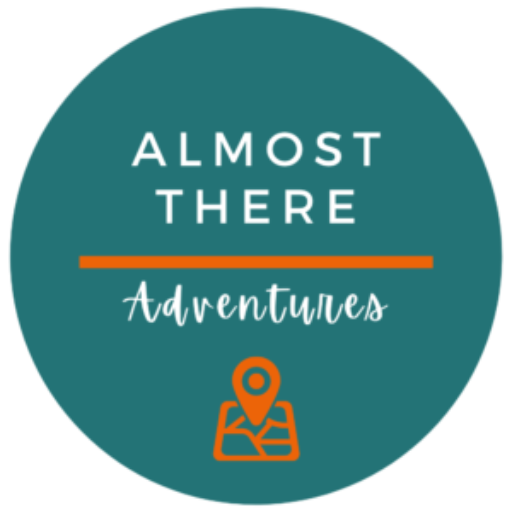
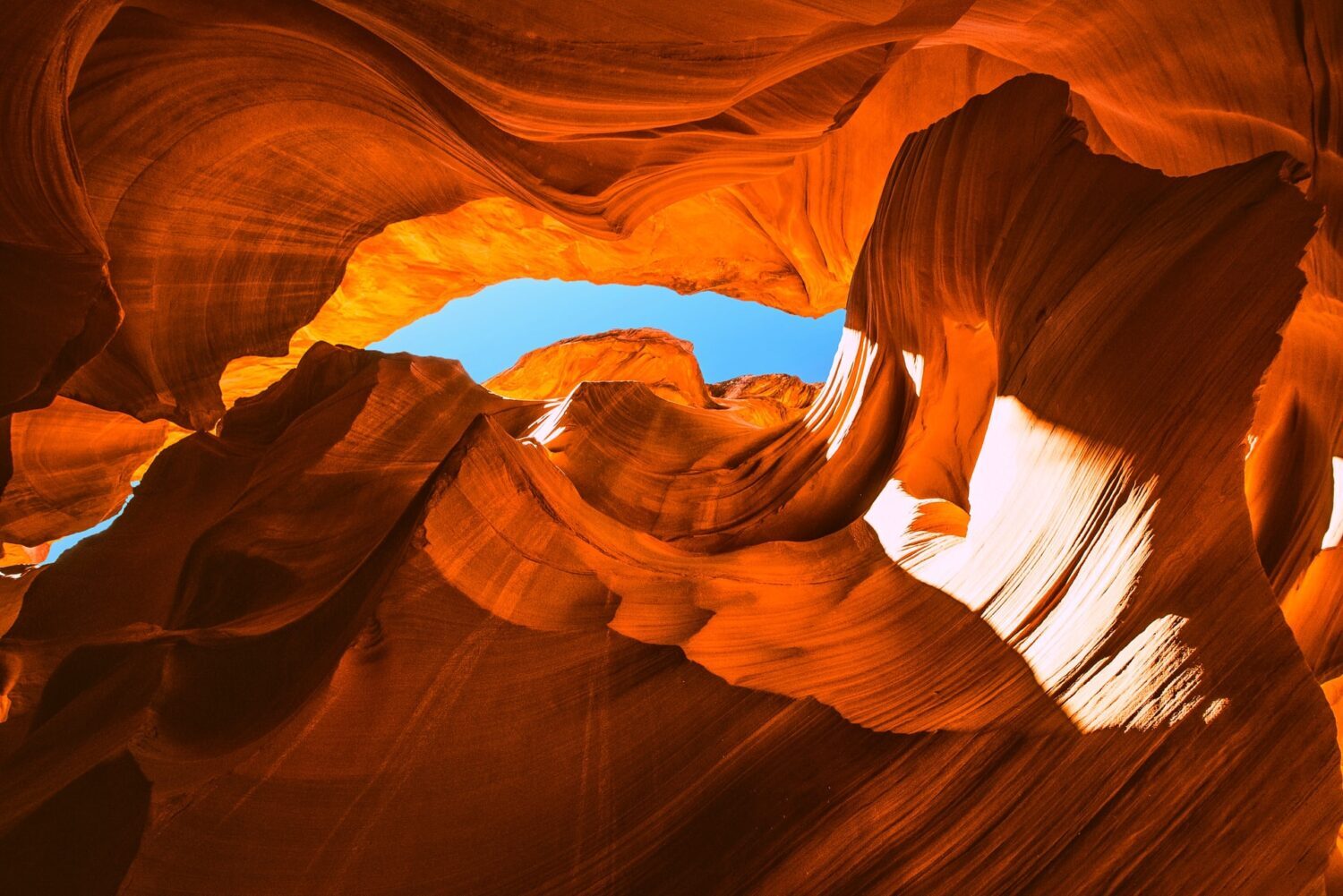

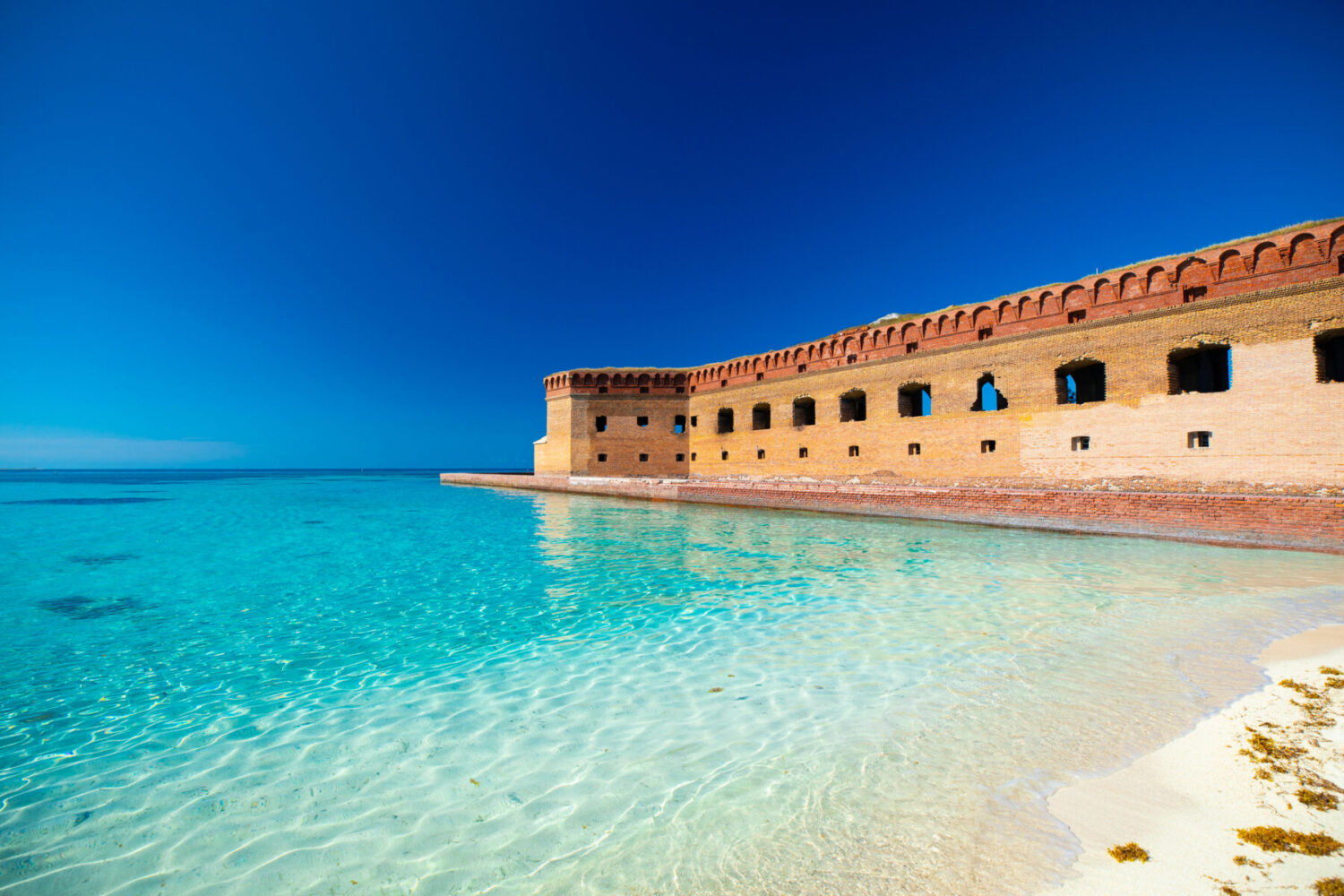

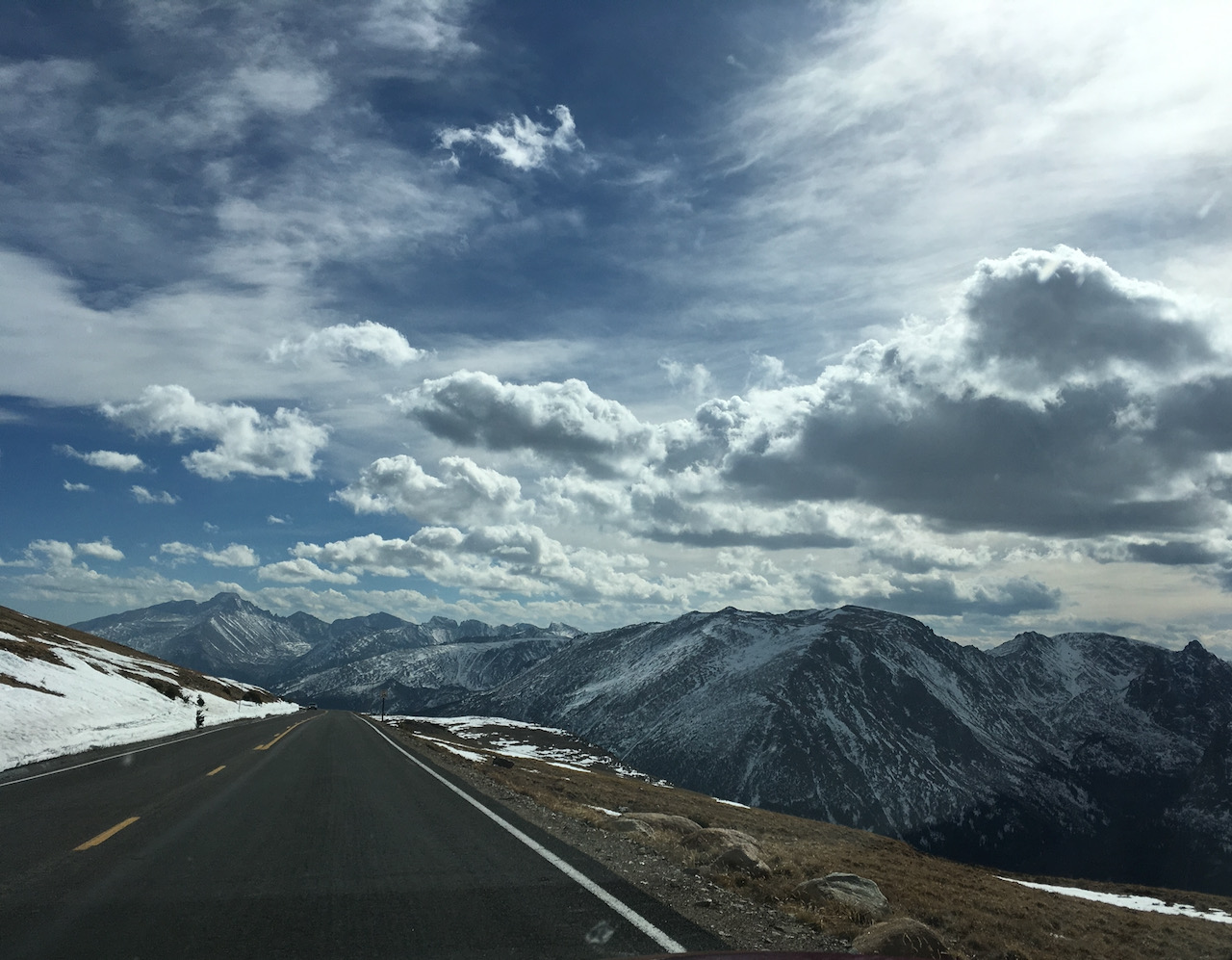

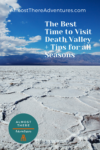

This is SOOOO interesting, I didn’t even know this place existed! Definitely want to go now I’ve discovered it here!
Never been but definitely thinking of going. Thanks for the info! Very helpful.:)
Your content is great I have never heard of Death valley. you have done a great job.keep up the good work 👍
I’ve never heard of the Death Valley. What a beautiful place! It’s on my list now
We were just thinking of heading to Death Valley this year. The stars are so beautiful in areas like that! We love the colors of the night in the desert!
I drove through Death Valley years ago during the summer months. I was lucky in that it was not too hot (around 100). I did some of the short hikes and love the desert environment.
We loved our visit to Death Valley. You’ve inspired me to return to do some stargazing at night. Beautiful photos!
So many great tips. I had no idea that parts of Star Wars were filmed here. My girls would love to see those locations
I remember a few 120+F days from living in Arizona. They are no joke. Great advice for staying safe.
I have lived in So Cal for many years and some how have never made it to Death Valley. I’m putting it on my list now!
Tops of my list to see and do in Death Valley is finding the burros, seeing a sea of wildflowers (might have to keep going back until this happens!), and practicing some astrophotography. Great tips for visiting this unique place.
I drove through Death Valley recently on a trip to Utah, but unfortunately did not have much time to spend there. We visited Valley of Fire National Park, but that was about it! However, I shall make note of these things for next time I visit.
Can I just say your photos are SOOOOOO good. I found the article really interesting, before reading this I’d never really considered Death Valley as somewhere I wanted to visit as I thought it would be boring. But hearing you describe it, and everything there is to do, and especially seeing your photos I am SOLD!
I passed through Death Valley in early summer many years ago and it was quite hot. The dry heat was fine and I was able to do some of the short trail walks with ease. I wish I had stayed for the evening to see the awesome stars and sky.
Death Valley is one of my FAVORITE national parks. We visited in January and the weather was heavenly compared to where we came from in Michigan lol